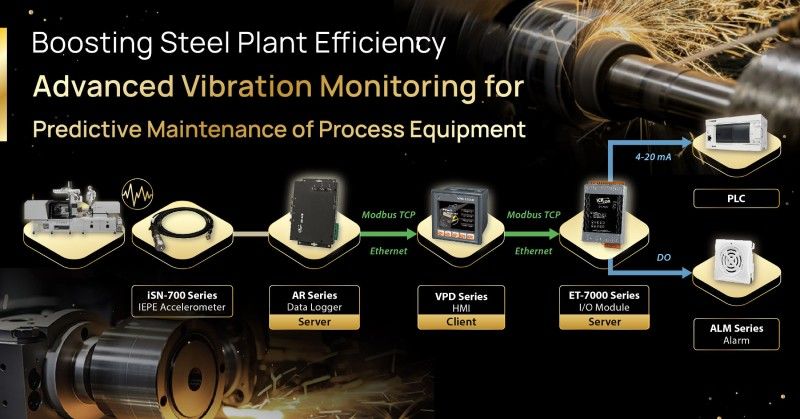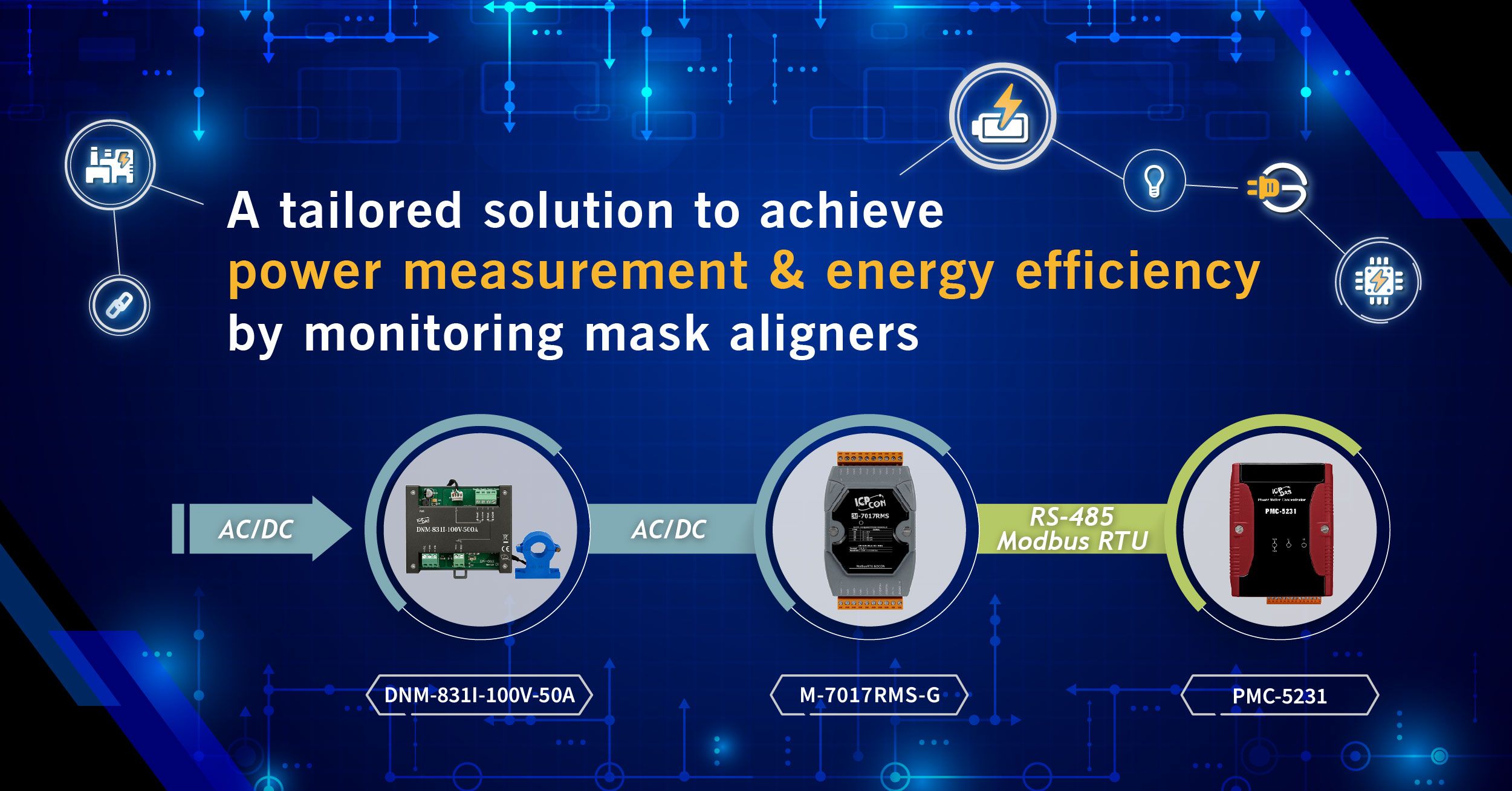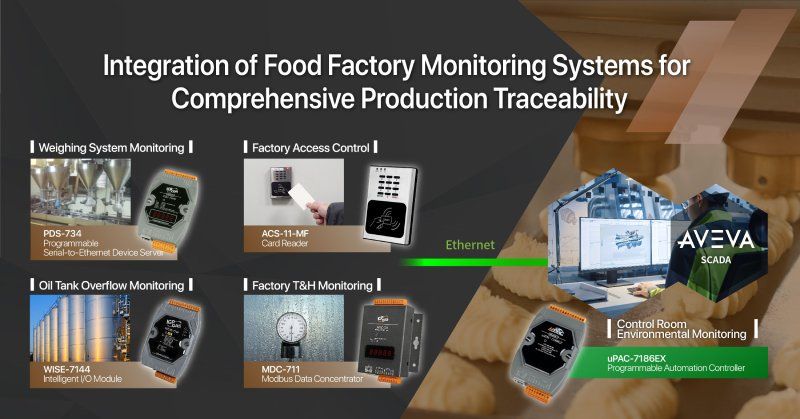Smart Manufacturing

Introduction
ICP DAS ensures that the customer’s production goals can be achieved using existing equipment by integrating the customer’s needs, as well as collecting data from the terminal equipment via sensors and then transmitting it to the back-end for further analysis. In this way, we can help improve the availability, improve the production process for the products, increase the quality and yield, and reduce the implicit cost of production, thereby helping the company to progressively migrate to Industry 4.0.
Why ICP DAS
Applications

The purpose of preventive machine maintenance is to reduce maintenance costs and increase product reliability. The two easiest ways to achieve this are:
- Measure and recode the energy consumption for each machine, and then compare it with the yield at the same time to identify suitable data that can be used as the basis for comparison and as the goal for improvement measures.
- Measure whether the temperature of key components in each machine, such as the motors, heaters, bearings, valves, pumps has increased, and whether the current for each has changed. Other items, such as the vibration frequency should also be monitored. If there is any suspicious abnormality, an early warning should be provided so that any maintenance can be begun in advance, thereby avoiding any risk of a shutdown.
Boosting Steel Plant Efficiency: Advanced Vibration Monitoring for Predictive Maintenance of Process Equipment
ICP DAS’s equipment vibration monitoring and predictive maintenance solution utilizes the AR series accelerometer data logger to record and calculate machine vibration values and set vibration threshold levels. The VPD series HMI retrieves the data via the Modbus TCP communication protocol for real-time display. The data is then transmitted through the ET-7000 series I/O module via Modbus TCP and subsequently forwarded to the existing PLC...
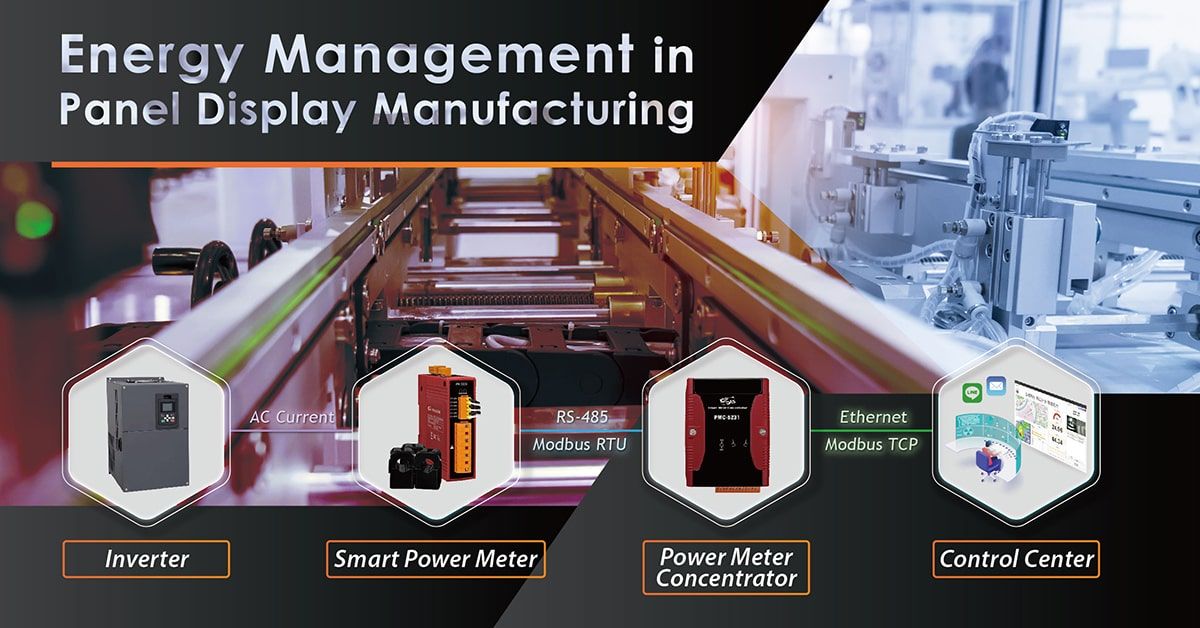
Application of ICP DAS’s Solutions for Energy Management in Panel Display Manufacturing
The ICP DAS’s PM-3000 series smart power meters allow users to transmit AC current data from the inverter to the PMC series power meter concentrators via the Modbus RTU communication protocol. Then, through Ethernet, the received data can be easily sent to the control center via Modbus TCP communication protocol, thus realizing power management and achieving the goal of preventive maintenance...
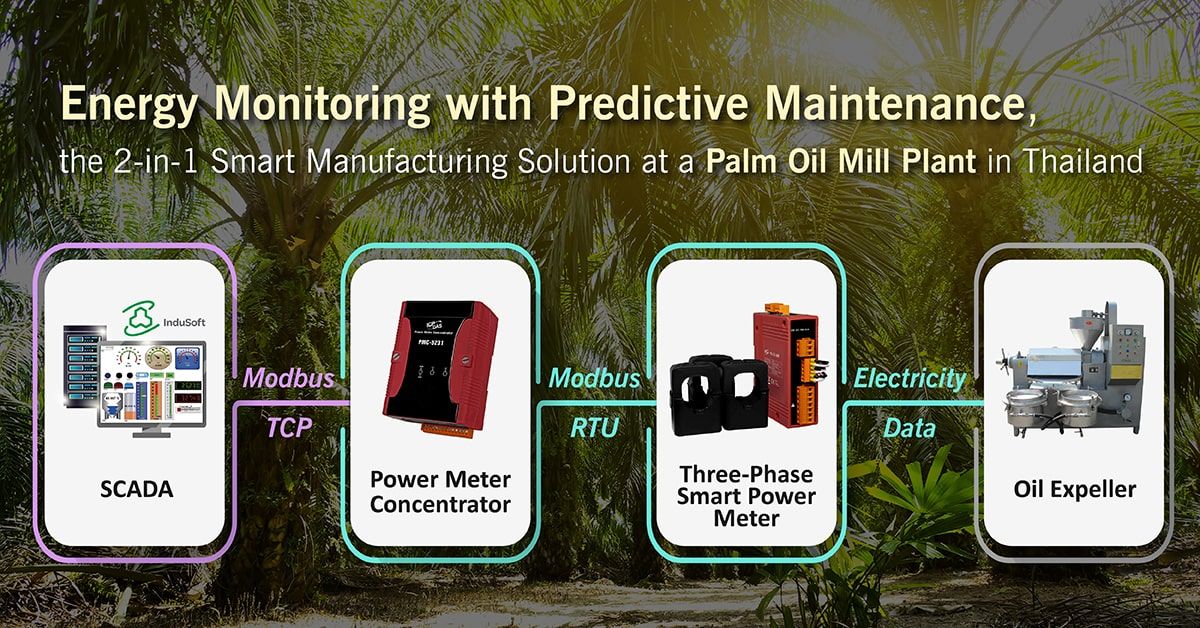
Energy Monitoring with Predictive Maintenance at a Palm Oil Mill Plant in Thailand
To help our client acquire power consumption data on the motors, ICP DAS utilized the three-phase smart power meters (PM-3133-360P), together with the IIoT power meter concentrator (PMC-5231) to acquire the motors’ electric data. Later on, the electricity information could...

How to Increase the Efficiency and Transparency of Predictive Maintenance
Predictive maintenance (PdM) techniques are designed to determine the condition of in-service equipment in order to estimate and schedule the timing of maintenance, an approach that promises to reduce the costs of routine maintenance and increase the reliability of the product...
A tailored solution to achieve power measurement & energy efficiency by monitoring mask aligners
ICP DAS’s voltage attenuator & current transformer DNM-831I-100V-50A, 8-channel True RMS Input Module M-7017RMS-G, and Power Meter Concentrator PMC-5231 were employed to measure power consumption and obtain data from mask aligners. The collected data serve as a reference for the predictive maintenance of machines...

A traceability system is an important element that is used when protecting food safety. This system is needed by food industry and beverage manufacturers in order to maintain the quality of their food safety. In addition, traceability systems play an important role in animal husbandry, animal slaughtering and food processing. AVEVA Edge provides FDA 21 CFR Part 11 compliant tools, such as:
- Electronic records (event records, warnings, and reports)
- Electronic signature (security system)
An appropriate monitoring system can not only make it easier to achieve management objectives, but also save time and human resources (costs). This means that plant managers can more easily track machine performance and perform preventive maintenance before any problems occur.
Integration of Food Factory Monitoring Systems for Comprehensive Production Traceability
ICP DAS integrates real-time monitoring systems in food factories, including powder weighing, oil tank overflow monitoring, factory temperature and humidity monitoring, and control room equipment and environmental monitoring. This enables remote centralized management and the establishment of comprehensive production records. The AVEVA Edge SCADA system retrieves monitoring data via...

ICP DAS’s Stack Light Monitoring Solution in CNC Machining Production Line
The ICP DAS’s tSL series stack light monitoring modules adopted by the customer enable real-time monitoring of the light status of the CNC machines. The data collected is sent to MDC series data concentrators through Modbus RTU and then transmitted to the control center via Modbus TCP, which realizes unified management of machine productivity and improves machine availability.

It is suggested that the first step to be taken by the operators of traditional factories when constructing their Industry 4.0 implementation is to start from the concept of OEE (Overall Equipment Effectiveness) to improve production efficiency and reduce costs. OEE is an aggregative indicator, which expresses the overall equipment efficiency based on Availability, Performance Efficiency, and Quality Rate, i.e., OEE = A*P*Q
To improve OEE, you may, for example, monitor the operation of three-color stack light installed on the production machine in order to determine its availability, install sensors that are able to acquire the machine parameters, such as the production quantity, the motor speed, the electricity consumption and temperature of the machine as the basis of production capacity and yield.
Whether or not the machine is operational, and which recipe table is being used to produce which products, should be determined based on the MES recipe table and the ERP work order. The most important part of the machine recipe is the configuration of the temperature controller. In order to prevent incorrect settings for the recipe parameters being used as a result of human error, an onsite automatic reporting mechanism is required so that the recipe table being used is linked with the machine being employed. This should be implemented in such a way that it is convenient to allow supervisors to conduct additional tracking and management.
OEE can help the factory proprietors to understand the use and the degree of management required by a machine, while the supervisor is able to comprehend the real-time information being presented, providing the ability to improve the product quality and ensure the reliability of the equipment, gradually enhancing the management process so that the maximum efficiency for the production lines can be achieved This gives the supervisor the capability of formulating the best decision for the production, while also building a basic system to enable future production traceability.

The ICP DAS DALI Gateway Application for the Temperature Monitoring in Industrial Ovens
ICP DAS DGW-521 is a communication gateway that can stably convert Modbus RTU/DCON to DALI protocols; in this application, the DGW-521 gateway successfully connected to the customer’s heating system and DALI temperature controllers, making their industrial hot air ovens energy-efficient and stable. In addition, more flexible production conditions have been...
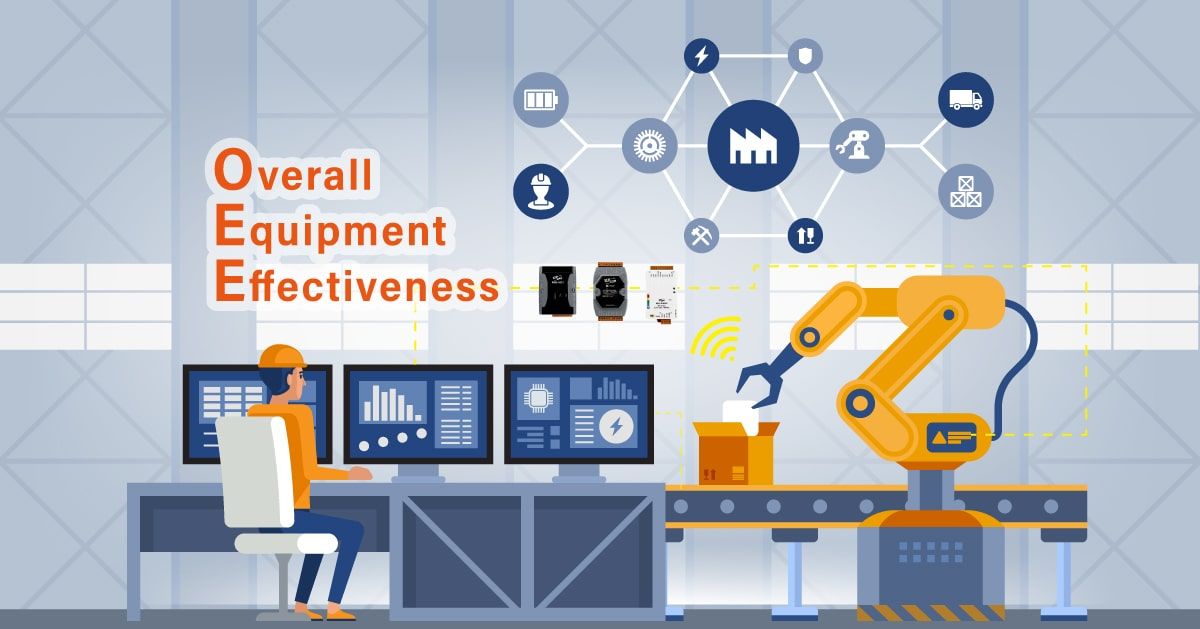
The Application and Realization of Overall Equipment Effectiveness (OEE)
Nowadays, Taiwan’s manufacturing industry is being affected by a variety of factors, such as production methods, personnel quality, logistics, equipment maintenance, and processing technology.However, seemingly functioning production equipment is not reflecting its appropriate capacity. As time goes on, the development of the enterprise, and the continuous growth of the production line...

